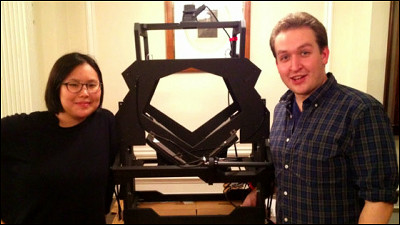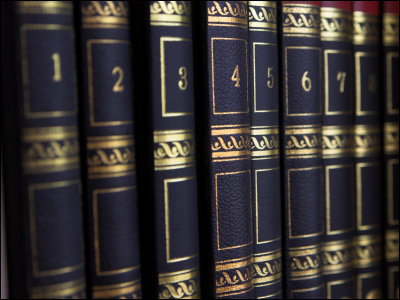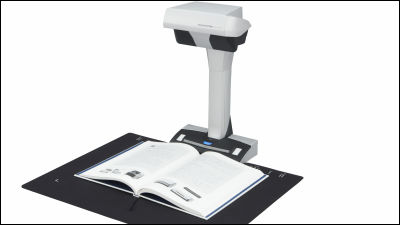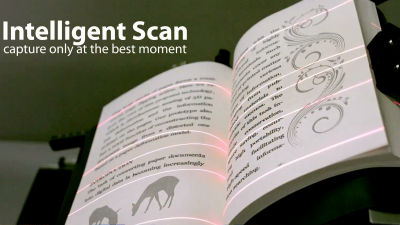A self-catering machine "Archivist" completed six years and passion to digitize the book perfectly

Among the self-catering fans who want to digitize all the books on hand and carry them anytime and anywhere, the commercially available scanning machines can not be satisfied with the appearance of the completed digital books, and if so, create the best self-catering machine by DIY There is a strong man. Mr. Daniel Lenz was one of them, a self-catering machine completed at the end of trial and error with members of the Internet self-catering community "Archivist"And how to make it, and the history until birth are disclosed.
The Archivist - DIY Book Scanner | six years of open source book scanning technology
http://www.diybookscanner.org/archivist/
This is the strongest DIY self-catering machine "Archivist" developed by Mr. Lennz and many volunteers (self-catering mania). Archivist is improving the improvement based on the idea which many volunteers asked, it is the machine which was completed after six years passed.
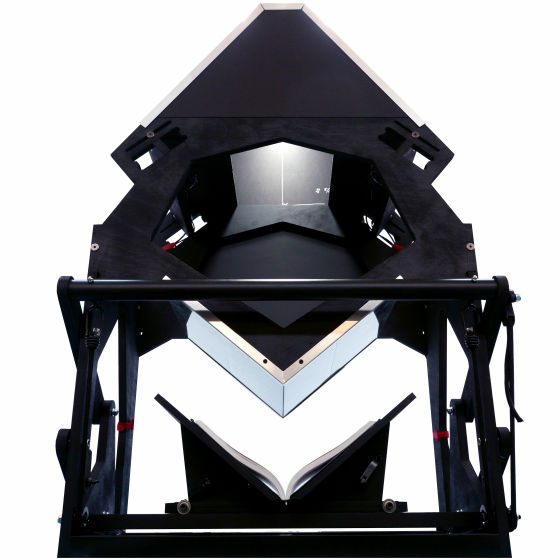
One of the features of Archivist that can scan beautifully without cutting books is where the table (cradle) on which the book is placed is bent in a V shape. Instead of forcefully spreading it on a plane, you can obtain a scanned image with less distortion by spreading the book to its natural state.
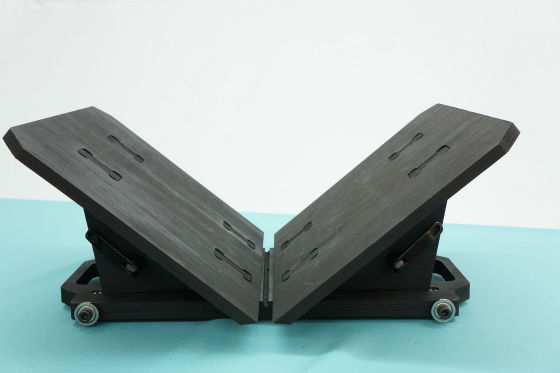
And another feature is the glass that plays a role of weight to press the book. By holding down the book with glass it prevents distortion when it digitizes firmly into a flat surface. In addition, it is said that 3 mm thick annealed glass is the best glass material. It seems that we tried all kinds of materials such as acrylic, polycarbonate, gorilla glass and so on until we reached the annealed glass, but it seems that the annealed glass was found to have the highest scanning quality and maintainability.
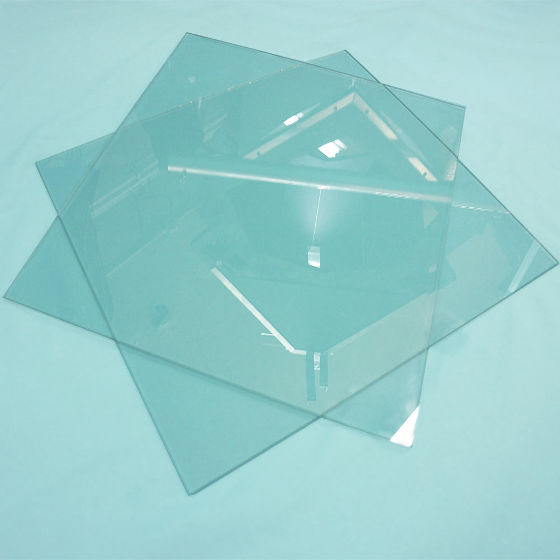
How to use Archivist is to put it in the cradle with the book spread out, press it with glass from above and shoot with a digital camera.
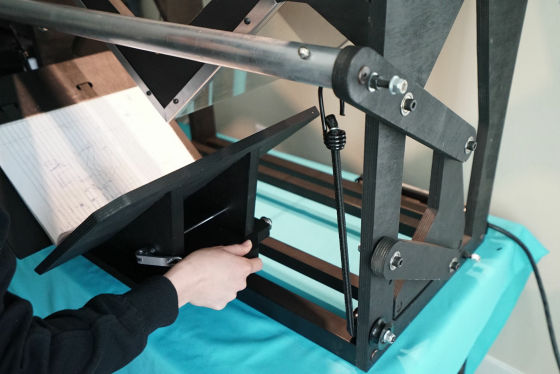
By suppressing with V-shaped annealing glass, distortion can be minimized.

According to Mr. Lenz, Archivist sticks to lighting (lighting) as well. In order to minimize camera shake, the shutter speed of the digital camera must be 1/60 or more, and in order to prevent noise, it is necessary to shoot with the minimum ISO sensitivity, We attach our own hood so that light can be applied to it.

Also, in order to avoid deteriorating the books by infrared or ultraviolet light, CRI 95 LED is adopted as light source.

Note that Archivist seems to have the concept of "being able to use even low-cost digital cameras". Mr. Lenz 's Archivist has a mount for a Nikon digital single lens reflex camera, but mounts for other camera manufacturers are also supported.
Archivist is completed, the way to make it is published on all 56 pages at the following site, if it has all the materials and tools, it can be assembled from 1 hour to 3 hours. Moreover, it seems to be an open source project, it is also possible to freely modify to make original self-catering machine.
The Archivist - DIY Book Scanner | six years of open source book scanning technology
http://www.diybookscanner.org/archivist/
In the standard Archivist, the area that can be scanned is 12 inches x 15 inches (about 30 cm x 38 cm) and can be scanned with resolutions up to 300 dpi with a 16 million pixel camera. It seems that general users can process 300 to 400 pages per hour, skilled experts can handle 1000 to 1200 pages.
In addition, a kit for creating Archi Pist robot "Pi Scan" which can shoot automatically using Raspberry Pi 2 is also available on github.
Tenrec-Builders / pi-scan - Python - GitHub
https://github.com/Tenrec-Builders/pi-scan
Related Posts:
in Hardware, Posted by darkhorse_log


